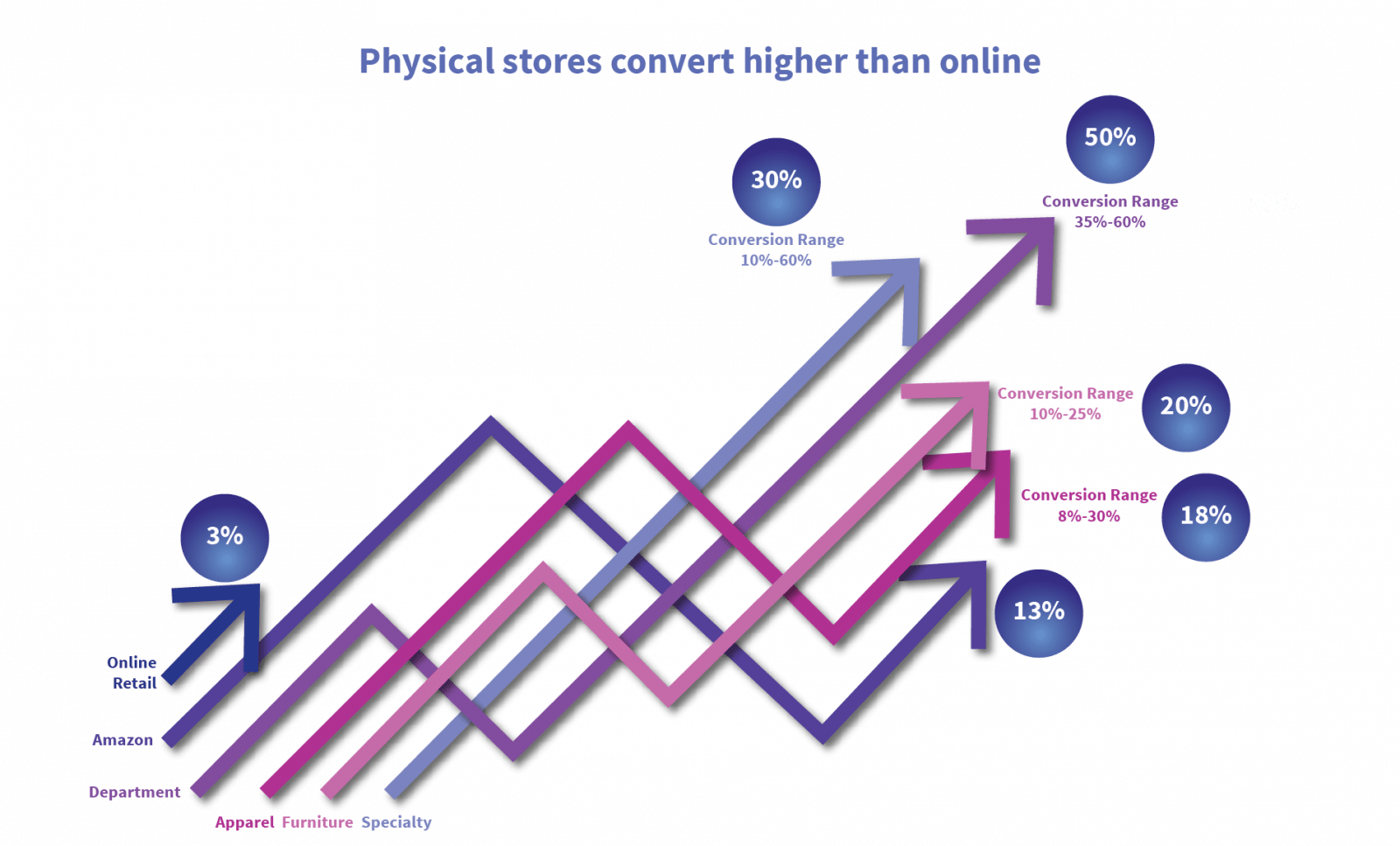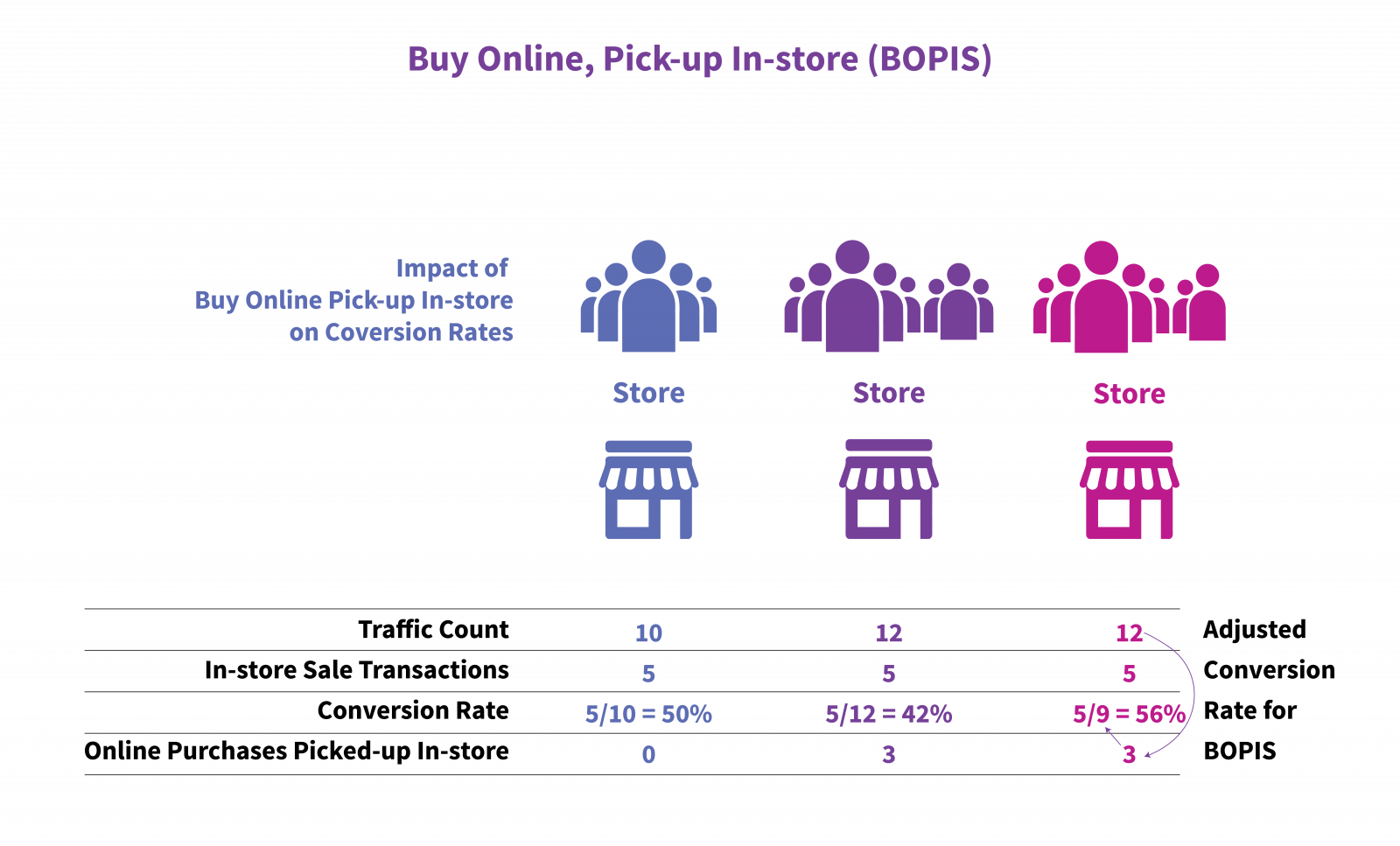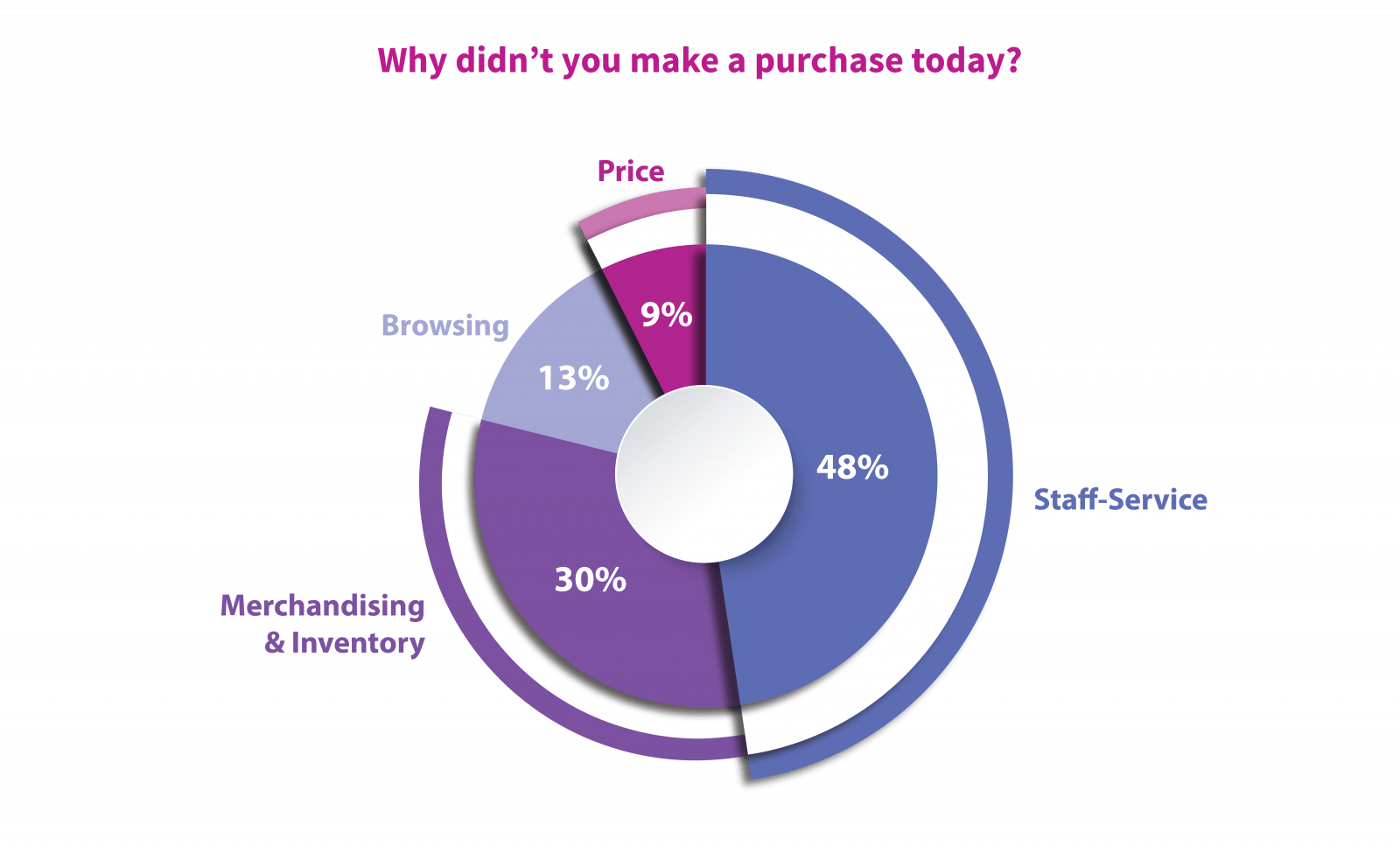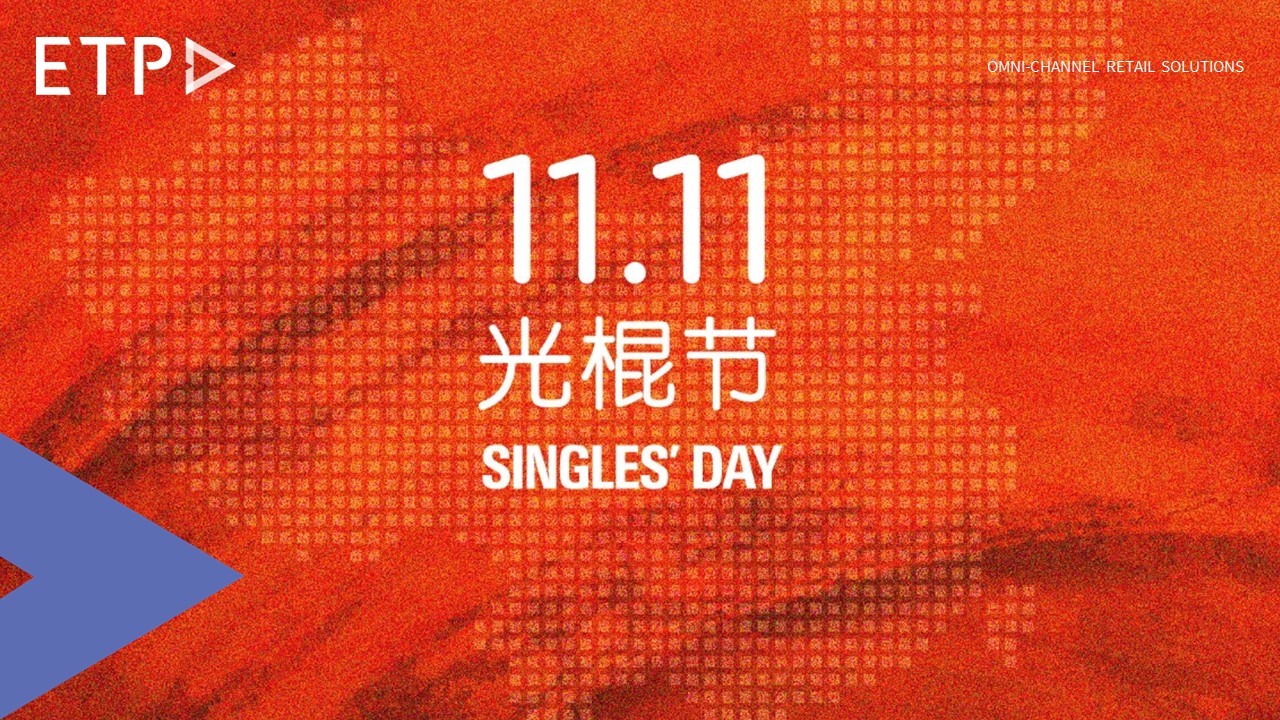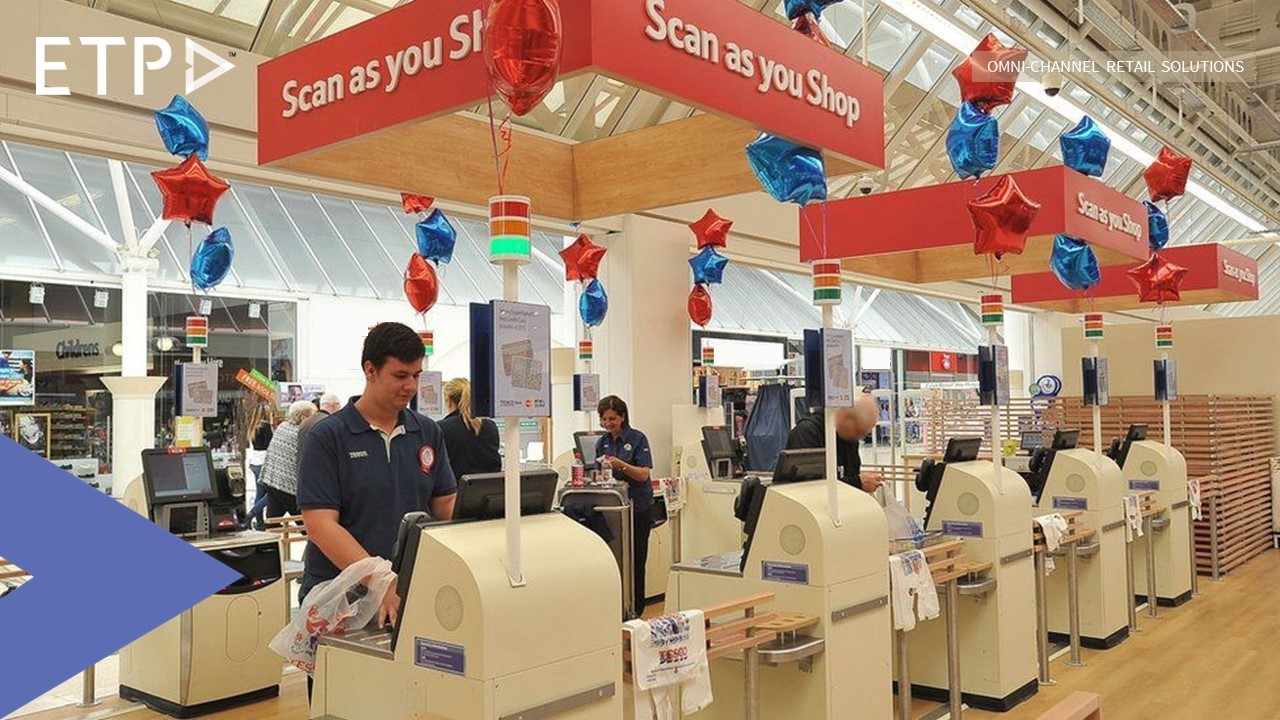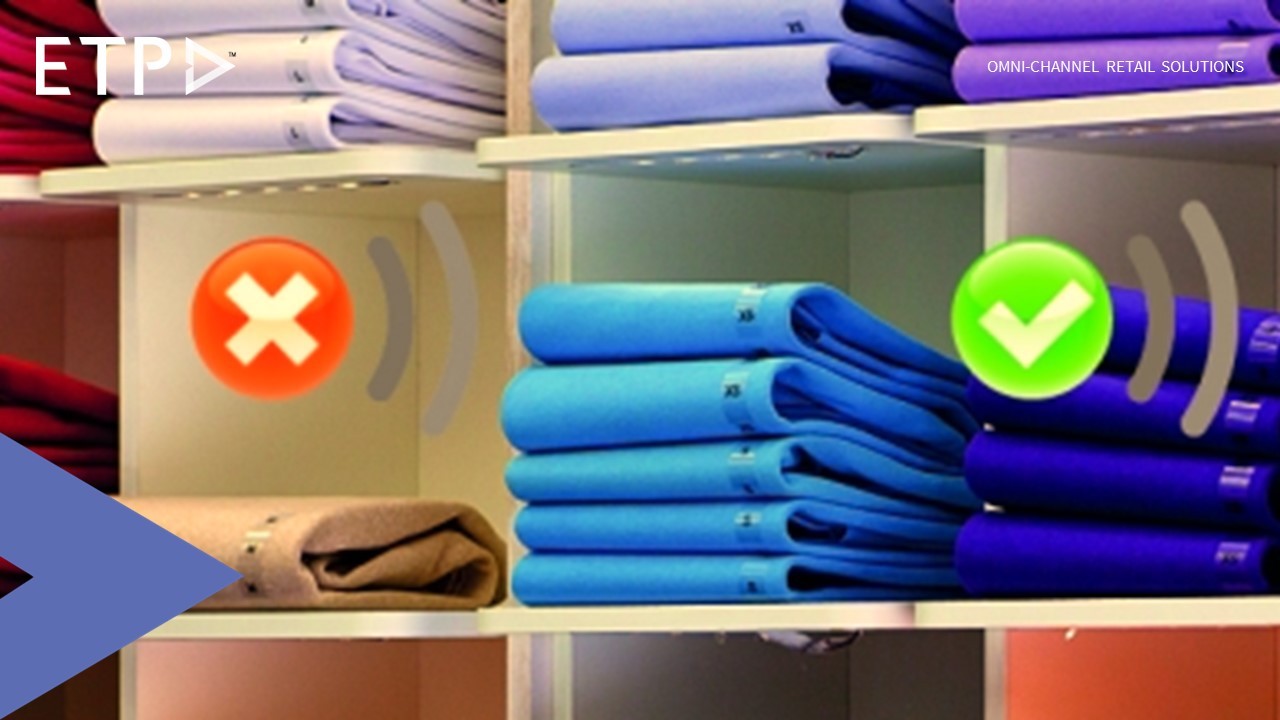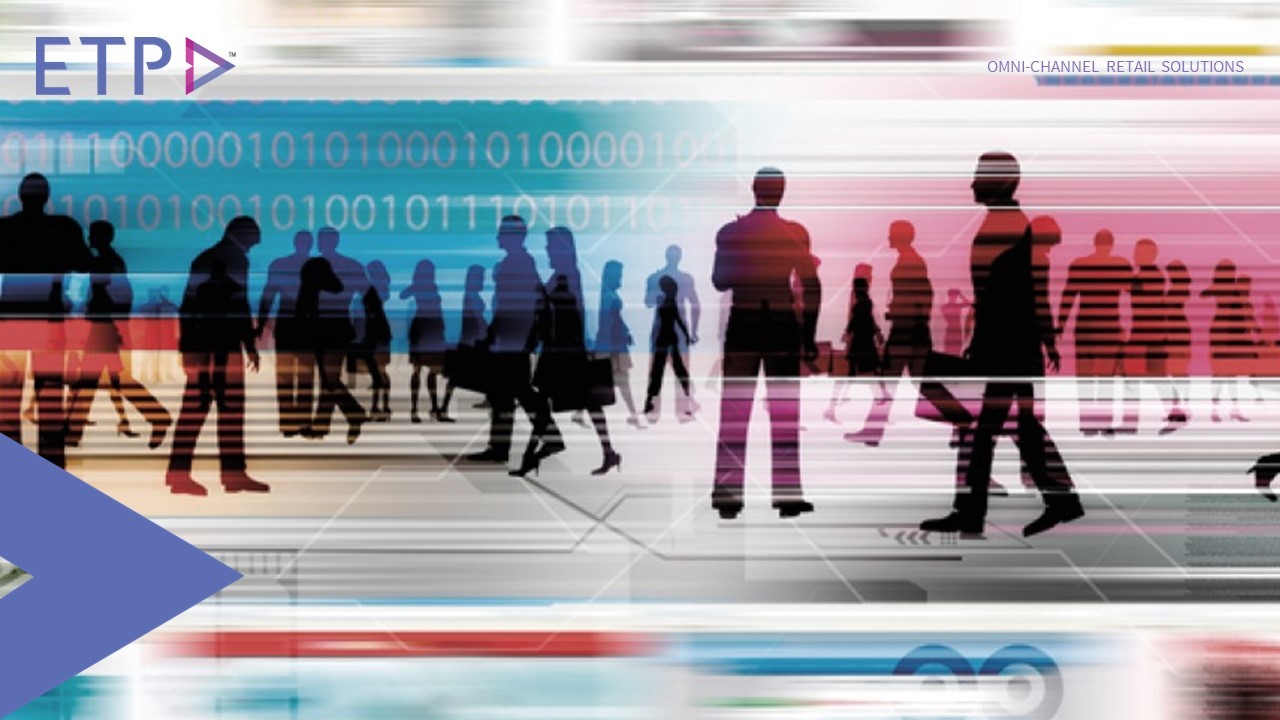
For starters, more than half (52%) of consumers are likely to switch brands if they don’t receive personalized their communications. Moreover, fifty-eight percent of consumers say a personalized experience is essential when purchasing from a particular company. Those are numbers retailers can’t and must not ignore!
If retail brands are vying to thrive and prosper in this forthcoming New Year, ‘customer focus’ is crucial. As a majority of brands will go customer-centric, one of the aspects that will stand-out as the differentiating factor will be the level of personalisation that they provide. Here are few important factors that will help retailer to take their retail personalisation to the next level.
Data centricity
Before diving right into personalisation, the first step is to understand the customer and then plan as to how to go about the personalizing his/her experience. For that it is important to collect data and as far as possible, the right data. And the easiest way to do that is through loyalty programs and for which brands can encourage customers to register at the point-of-sale (POS) with an in-built CRM system. The end goal of personalisation in retail is to create high-value customers who will stick to the brand and carry out repeat purchases.
Omni-channel strategy
While an omni-channel experience isn’t a necessarily a personalized experience, it is a mandatory building block on the path towards creating a personalized customer experience. After all, a personalized experience cannot be offered if customers are treated differently if they use different channels for interacting with the brand. The very essence of omni-channel is creating a seamless and consistent experience for your customers across different devices both online and offline. They key to omni-channel is providing a consistent and personalized experience to every customer regardless of where they’re interact with the retail business.
Technology
Retail brands need to harness the power of technology, necessarily, as an enabler for optimizing their operations and processes to achieve a superior customer experience. It is with the help of technology that retail businesses can be equipped to capture and assimilate data for basing their personalisation strategy. Also, it is through technology that retailers will be able to implement omni-channel into their business. The right omni-channel retail solutions which encompass multiple modules including a retail POS software with an integrated CRM solution, as well as an omni-channel analytics solution, and many more can help retailers integrate, consolidate their business data and processes and implement the necessary strategies to offer a personalized customer experience across all channels.
Personalisation needs to go beyond than just marketing and sales – it has to truly be at the core of the business, influencing and driving every aspect of it. With the right combination of plans, processes and technology, retail brands must be ready to push their boundaries and innovate and grab every opportunity that comes their way to enable their businesses to take retail personalisation experience to the next level.


